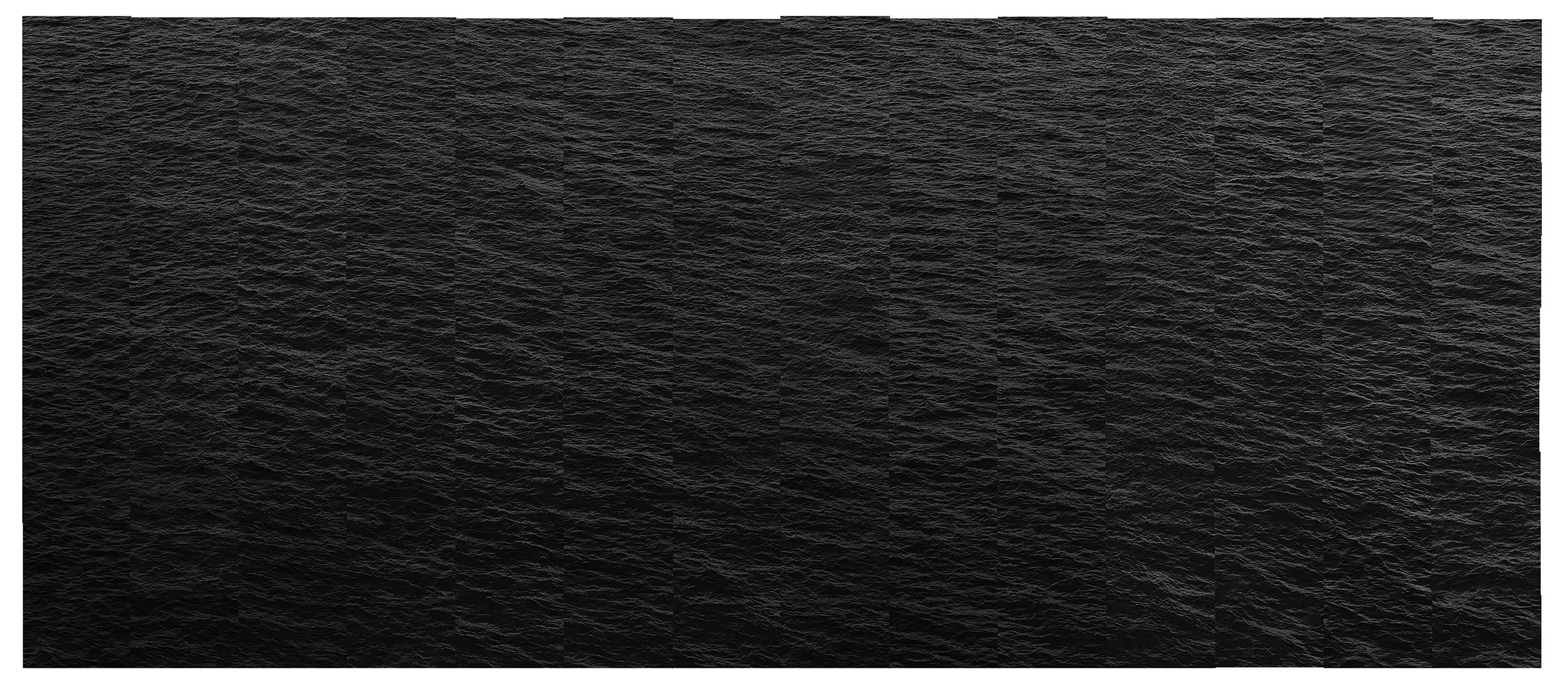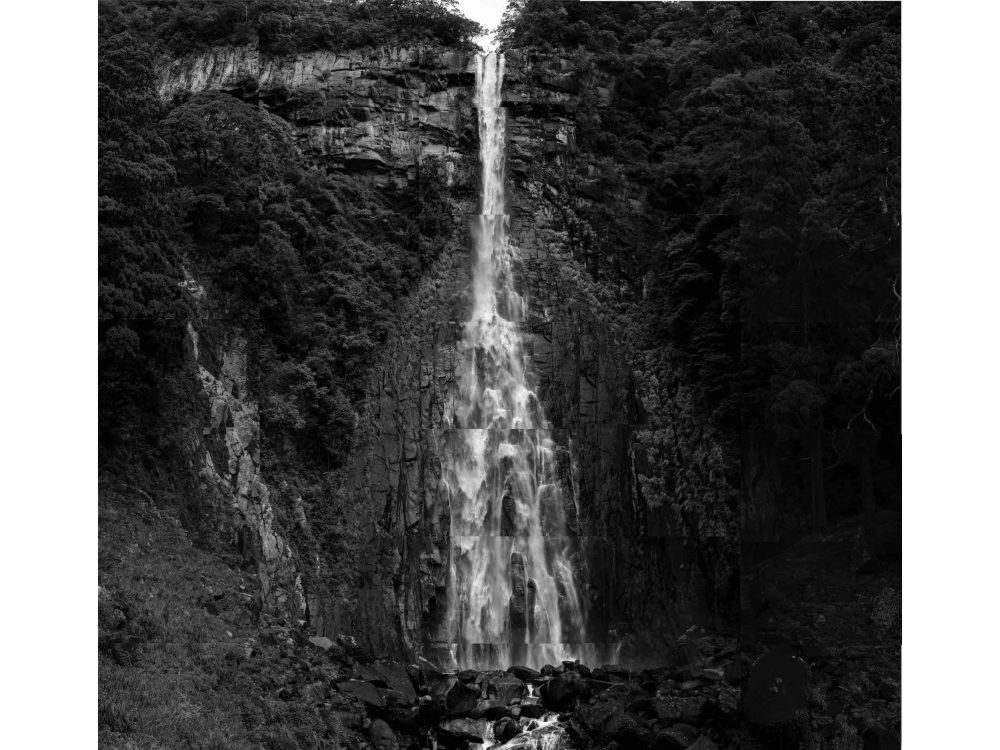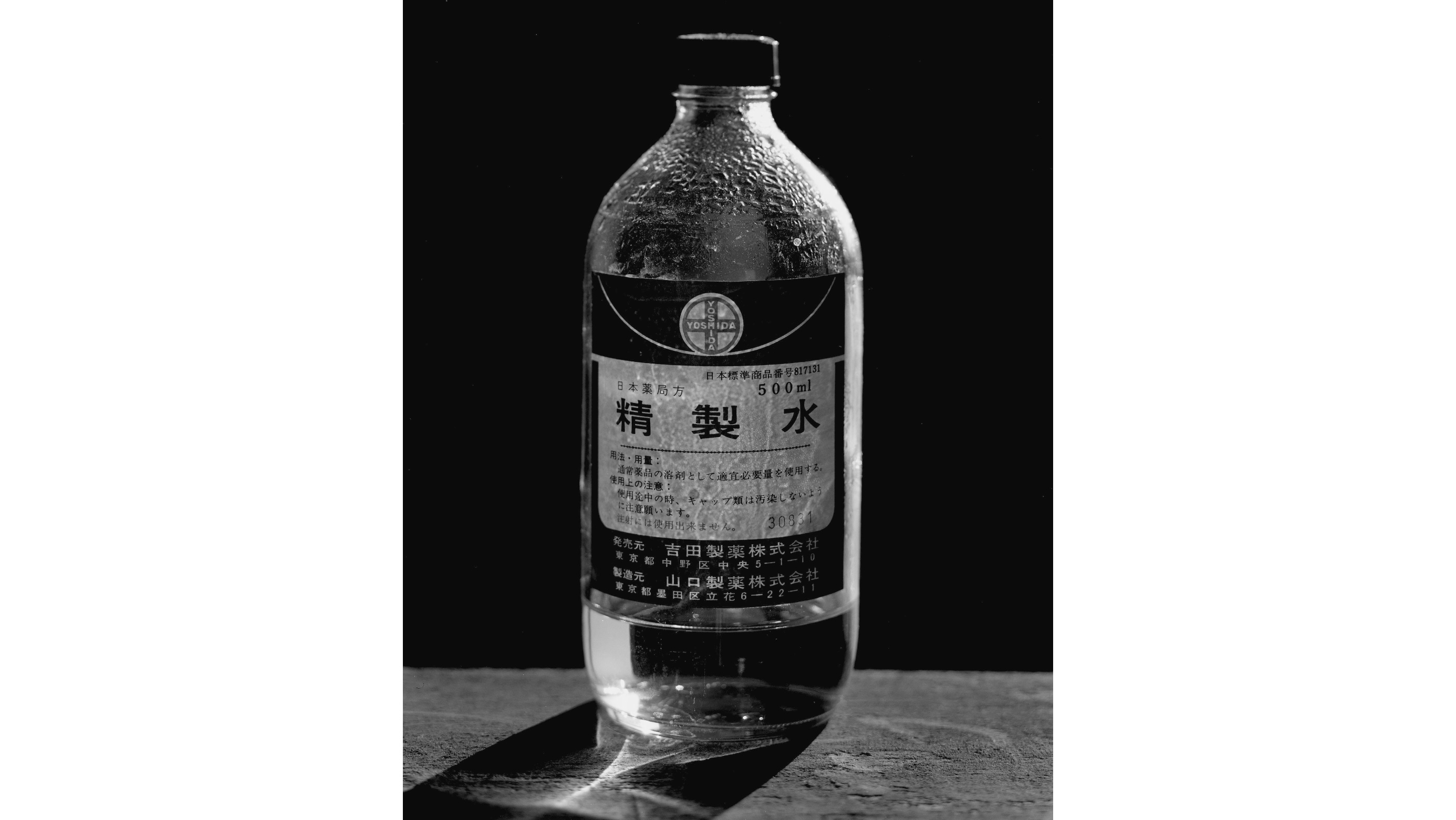
Tadasu Yamamoto
Solo Exhibition
Light-Emitting Places
2023.11.18 (Sat.) – 12.16 (Sat.)
Open on Tue, Wed, Thu, Fri, and Sat. 12:00 – 18:00
Closed on Sundays, Mondays, and National holidays.
Opening reception with the artist
11.8 (Sat.) 17:00 – 19:00
Artist talk
Date & Time: 12.9 (Sat.) 18:00 – 19:30
Participants: Tadasu Yamamoto and Tetsuro Ishida (Curator, Tokyo Photographic Art Museum)
 Hounenn Pond Dam 3, 4, 11 (2023) H186×W100cm each, Inkjet print ©Tadasu Yamamoto
Hounenn Pond Dam 3, 4, 11 (2023) H186×W100cm each, Inkjet print ©Tadasu Yamamoto
We at ANOMALY are pleased to announce a forthcoming solo exhibition by Tadasu Yamamoto. Titled Light-Emitting Places, this exhibition will run from November 18 (Sat.) to December 16 (Sat.), 2023.
Born in 1950, Yamamoto graduated from Musashino Art University with a degree in commercial design in 1974, and became involved in production of photographic artwork and photography of contemporary art. He is known for his production of photographs centered on “water” beginning with his Bottles series, which was first shown in 1982, and continuing right up to the present. In addition to new works such as Wave Field and Hounenn Pond Dam, this exhibition will present works from the milestone Bottles series and his signature opus Water Thinking as well as other pieces. It will be a precious opportunity to see many of Yamamoto’s current and past works under one roof.
 Wave Field 9 (2022) H296.1×W676.2cm, Inkjet print ©Tadasu Yamamoto
Wave Field 9 (2022) H296.1×W676.2cm, Inkjet print ©Tadasu Yamamoto
Yamamoto has stated that water is a visual representation of the principles of the universe on earth. To be sure, water as photographed by him often appears as a metaphor for things such as weight, gravity, and flotation. The workings of the vast universe are reduced to the size of a photograph and shown to us. In The Savage Mind, Claude Lévi-Strauss characterizes this kind of reduction an overturning of the cognitive process. He adds that, unlike when we attempt to perceive an actual-size object or person, with a small-scale model, perception of the whole precedes that of the part(1). Yamamoto said that he read these comments in a catalogue and that they accord with his thinking in photography.
In recent years, Yamamoto made the transition from the film cameras which he had long used to digital cameras as his partners in production. Asked why, he replied that, whereas the photograph is an objective when a film camera is used, it is a means when a digital one is used. While this reply sounds very much like a “painter’s declaration,” the digital camera enables the capture of images with electronic data, and therefore naturally offers a higher degree of freedom in the picture standard and easier editing as compared to film cameras. These features, in turn, help the artist to get closer to the targeted image. Yamamoto’s reply suggests that he is looking to what lies beyond the mere photography of subjects before the eyes.
Has there been a great change from the past work of Yamamoto, which has been described as the presentation of phenomena by reduction, as a result?
 Falling Water–Nachi Taki 9 (2023) H230.3×W241.5cm, Inkjet print ©Tadasu Yamamoto
Falling Water–Nachi Taki 9 (2023) H230.3×W241.5cm, Inkjet print ©Tadasu Yamamoto
This summer, Wave Field was shown at Gallery MAZEKOZE. He created this work by using a telescopic lens to shoot waves on the sea, one section at a time, and then connected these sections into a single work. From this procedure, one can certainly understand how the camera is being used as a means of achieving the work as pictured in the mind of the artist. But at the same time, the look of the waves as phenomena that keep resisting the artist’s mental image ends up becoming the focus of the work(2). The intense impression we receive from it is nothing other than the face of water per se as a phenomenon.
“With the close-up, space expands; with slow motion, movement is extended. The enlargement of a snapshot does not simply render more precise what in any case was visible, though unclear: it reveals entirely new structural formations of the subject. So, too, slow motion not only presents familiar qualities of movement but reveals in them entirely unknown ones […] Evidently a different nature opens itself to the camera than opens to the naked eye—if only because an unconsciously penetrated space is substituted for a space consciously explored by man.(3)”
Yamamoto’s aspiration to go beyond the subject as it appears before the eyes is proceeding to a place where phenomena based on water (substance) are fixed with light as substance (phenomenon) as opposed to one for showcasing the artist’s unrestrained powers of imagination. This is not a renewal of the work which Yamamoto has done so far with a film camera, but a deepening.
Human beings definitely cannot see the real world extending outwardly in a continuum with the flesh as it actually is. Through the virtual images of photographs, we discover the boundless phenomena spreading on the outside of our perception. It is then that we are paradoxically faced with reality by Yamamoto.
We are earnestly looking forward to seeing you at this important exhibition.
 Magnetic Field 1 (2023) H100×W133cm, Inkjet print ©Tadasu Yamamoto
Magnetic Field 1 (2023) H100×W133cm, Inkjet print ©Tadasu Yamamoto
“Water falling from the edge of a rocky cliff, water eddying as it flows, waves crashing against seawalls, water on the summit of high mountains open to the sky, water discharged from a dam outfall.
“Places with water on land make visible the power of the universe at work on earth. Places where such water and light fuse and emit light are the sites of my photographs.”
– Tadasu Yamamoto
ANOMALY
November 2023
Notes:
(1)The passage in question is quoted in the catalogue for JARDIN, Yamamoto’s solo exhibition held at Gallery Hashimoto in 2016.
(2)The full cut photographed by Yamamoto will be displayed in its entirety for the first time in this exhibition using the spaciousness of the ANOMALY.
(3)Walter Benjamin, “The Work of Art in the Age of Mechanical Reproduction,” translated by Harry Zohn, edited by Hannah Arendt, Schocken Books, New York, 1969, p.16.
A photographer born in Kagawa Prefecture in 1950, Yamamoto photographs mainly water existing on earth and changing its appearance in various ways, in accordance with the principles of the universe. He explores photographs that are captured by the lens and fixed as reduced models inside the camera obscura. In addition to his own artistic activities, he has taken many photographs of works by Mono-ha or post-Mono-ha artists who are his contemporaries, and by young artists.
The main group exhibitions in which he has participated are as follows: The Past and Present of Photography (The National Museum of Modern Art, Tokyo / The National Museum of Modern Art, Kyoto, 1990), Space, Time and Memory – Photography and Beyond in Japan (Hara Museum, Tokyo, 1994), In Search of FORM (Busan Museum of Art Korea, 2001), ATTITUDE 2007 (Contemporary Art Museum, Kumamoto, 2007), and Tsushima Art Fantasia 2014 (Nagasaki, 2014-21).
His main solo exhibitions are as follows: Closer (Lunami Gallery, Tokyo, 1982), Falling Water (Aomori Contemporary Art Center, Aomori, 2010), Light, Water, Electricity (Toyota Municipal Museum of Art, Aichi, 2012), Place Without Any Obstruction (Gallery Hashimoto, Tokyo, 2016), Change Nothing (hino gallery, Tokyo, 2018), and Tadasu YAMAMOTO Solo Exhibition (Gallery MAZEKOZE, Nagano, 2023).
 Bottles-Purified Water (1982) H61×W50.8cm, Gelatin-silver print ©Tadasu Yamamoto
Bottles-Purified Water (1982) H61×W50.8cm, Gelatin-silver print ©Tadasu Yamamoto











